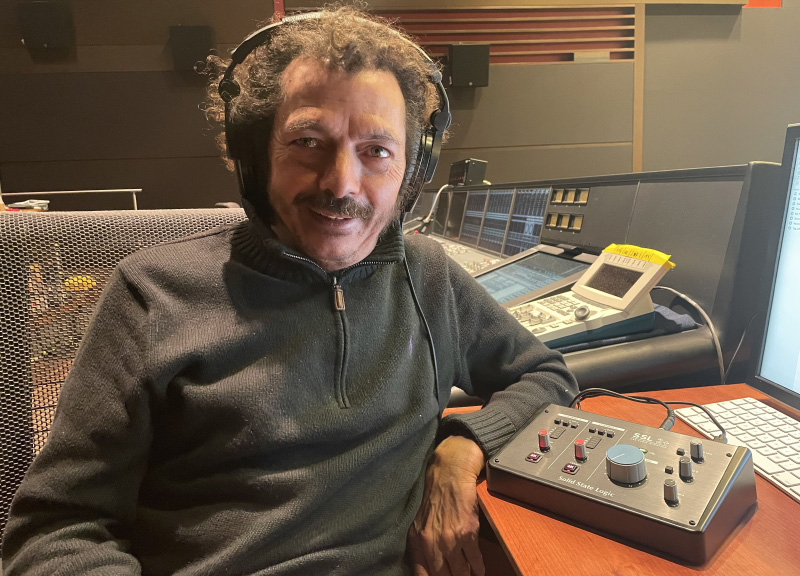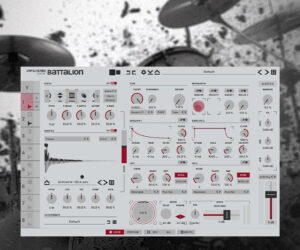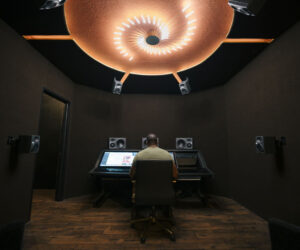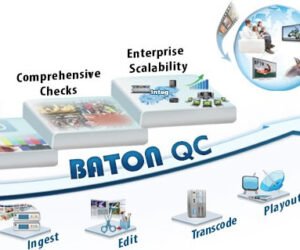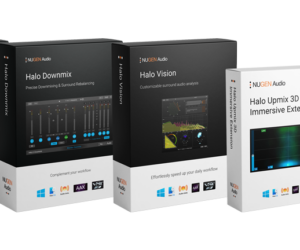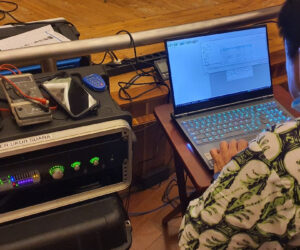Film re-recording mixer Jaime Baksht, a two-time BAFTA (British Academy of Film and Television Arts) Award nominee. regularly mixing on an Solid State Logic C300 at Astro LX studios, his most recent acquisition — an SSL 2+ two channel audio interface — has earned a permanent place in his studio setup for both critical listening and ADR applications.
Baksht is credited for mixing “I Am No Longer Here” (2020, Ariel Award Best Sound), “Pan’s Labyrinth” (2006, BAFTA Nominee, Goya Winner Best Sound),and Darius Marder’s directorial debut “Sound of Metal” (2021, BAFTA, CAS, AMPS Sound Nominee), for which he also received an Oscar nomination for Best Sound for his work.
Despite being impacted by the global pandemic like everybody else, Baksht and his team — including re-recording mixer and dialog editor Michelle Couttolenc (2021 BAFTA, CAS, AMPS, MPSE nominee) — remained busy last year. He added the SSL 2+ into his workflow starting with “Sound of Metal.”

“Before we sent the stereo streaming mixes through to the producer, we checked all of them on our SSL 2+ interface on our headphones — this is an amazing box for this,” he explains. While Baksht uses a pair of TAD monitors during mixdown, he realizes that end-consumers are watching and listening to films on an array of devices — including phones, laptops and tablets.
“The SSL 2+ has a very nice flat frequency response and is wonderful for critical listening,” he says. “If you are going to send files across the internet, you can really hear what you are doing by listening through this interface.” Baksht says that as soon as he finishes a mix of a movie soundtrack, he sends the mix to both himself and the composer, so it can have a final QC.
Baksht’s colleague Couttolenc uses the device to monitor and QC film dialog. She is focused on the actors’ voices: “She is listening for noise, intelligibility, and EQ on the voice to make sure everything is clear before we start the 5.1, 7.1, or Dolby Atmos mix in the stage,” says Baksht.

Baksht has high expectations in critical listening scenarios, which he says the SSL 2+ has handily exceeded. “This box is worth it for the monitoring applications alone,” he notes. “There is no noise in the system, and it is a perfectly quiet device. Also, the amplifier has plenty of headroom and sounds great with my Sennheiser HD 280 Pro headphones which I monitor on.”
Baksht’s work can be delicate, since the audio must support the emotional range of the story and help carry the movie. “When you are working in sound for film, you are using sounds that convey innate instincts and emotions — the idea of survival, for instance,” he concludes. “Every emotion sounds different, and this is why the mix of all sonic elements are so important. It can really add to the story. And if the mix sounds great on my SSL 2+, I know it will translate to other devices as well.”


